Morning Eye Candy: This is New York!
Posted in Photography on July 25 2011, by Ann Rafalko
Not the Rockies. Not the Adirondacks. Not the Appalachians. This is the Bronx.
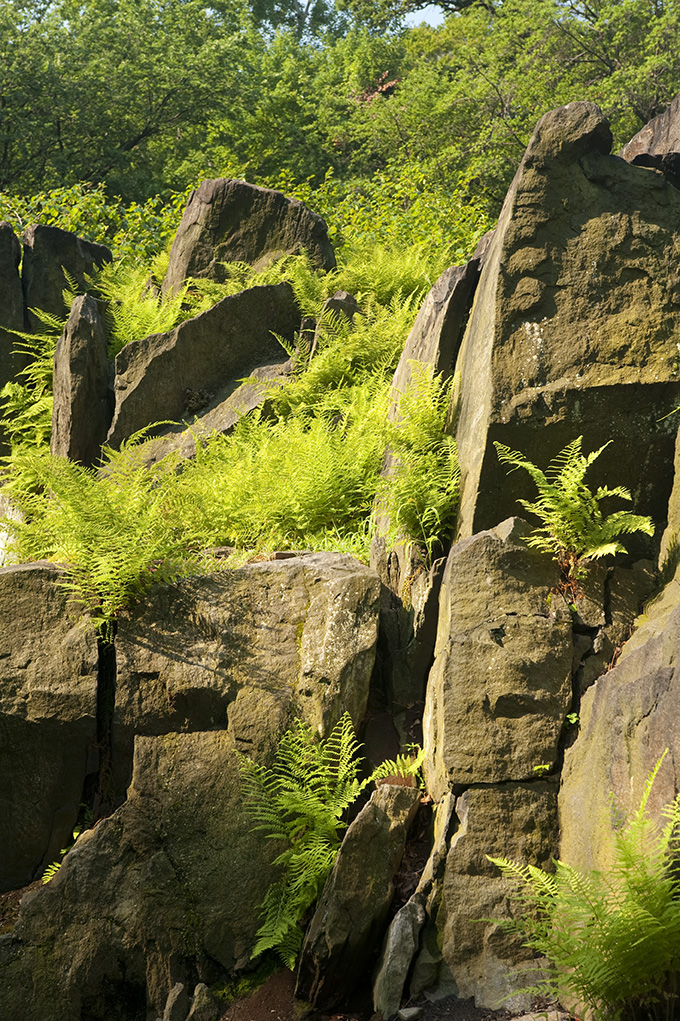
Wilderness (photo by Ivo M. Vermeulen)
Previous This is New York! post:
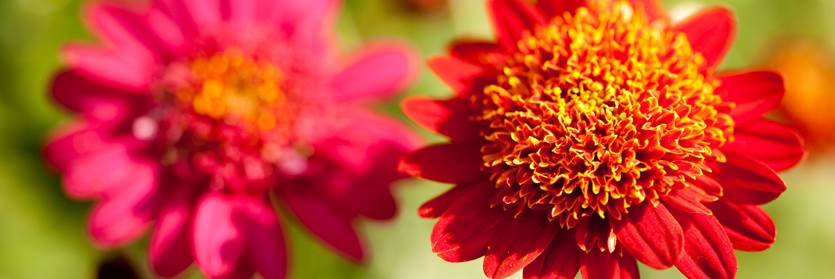
Inside The New York Botanical Garden
Posted in Photography on July 25 2011, by Ann Rafalko
Not the Rockies. Not the Adirondacks. Not the Appalachians. This is the Bronx.

Wilderness (photo by Ivo M. Vermeulen)
Previous This is New York! post:
Posted in Photography on July 14 2011, by Ann Rafalko
Celebrating the explosion of color that is the summer garden, one hue at a time.
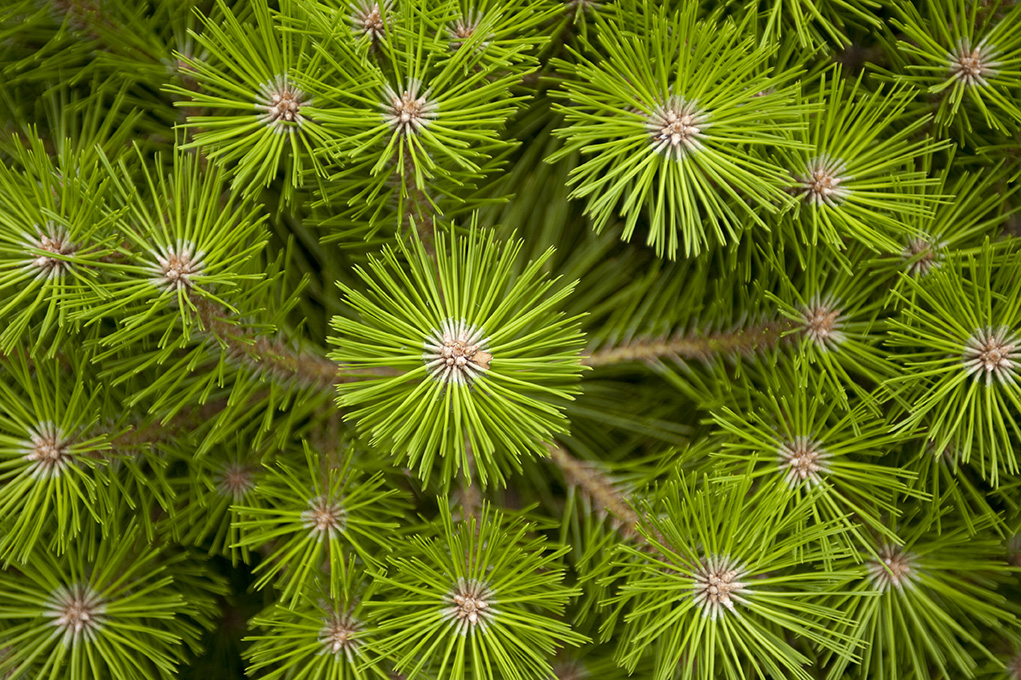
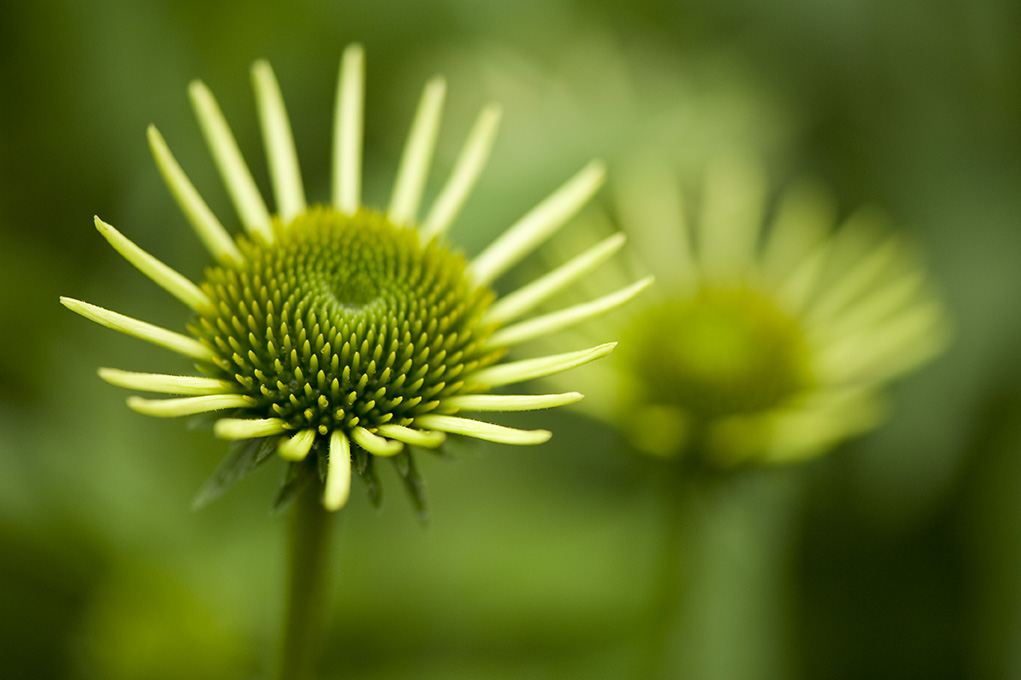
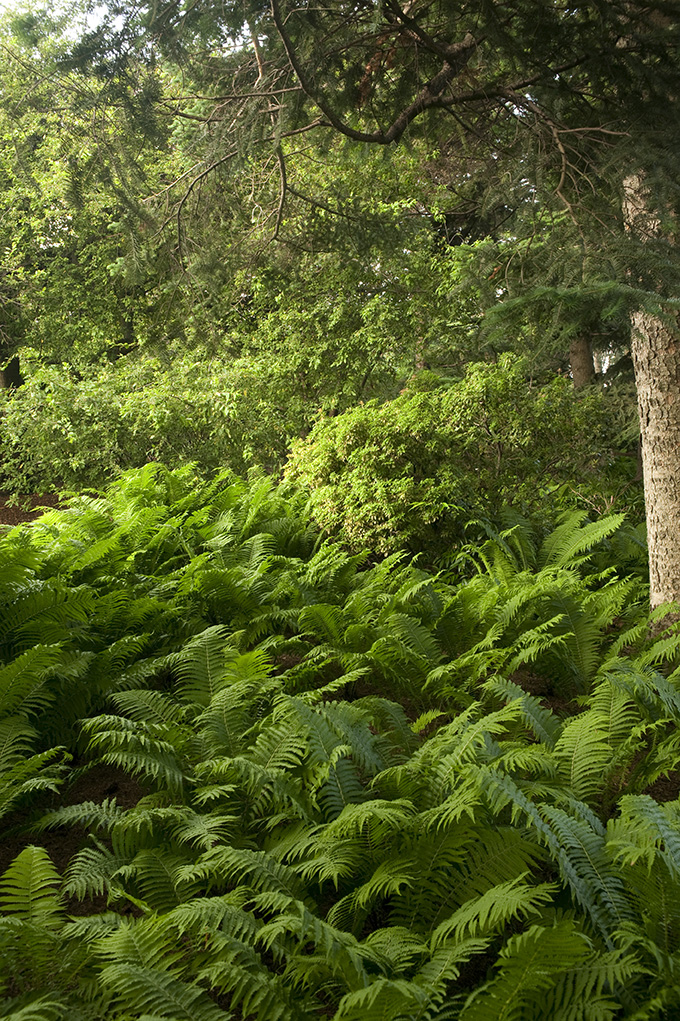
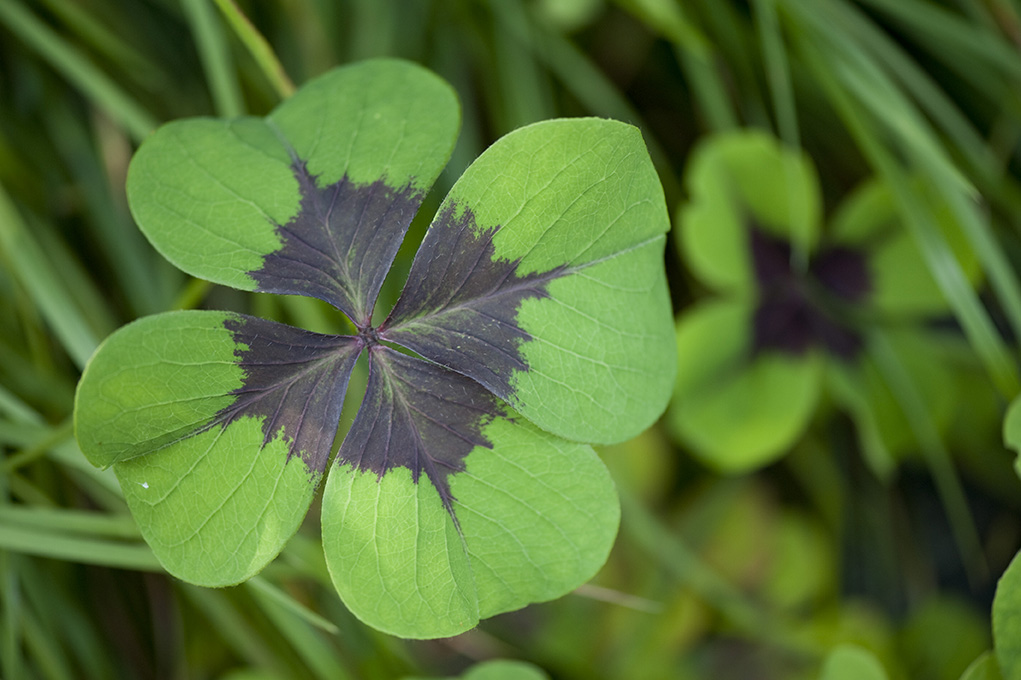
Photos by Ivo M. Vermeulen
Posted in Photography on June 12 2011, by Ann Rafalko
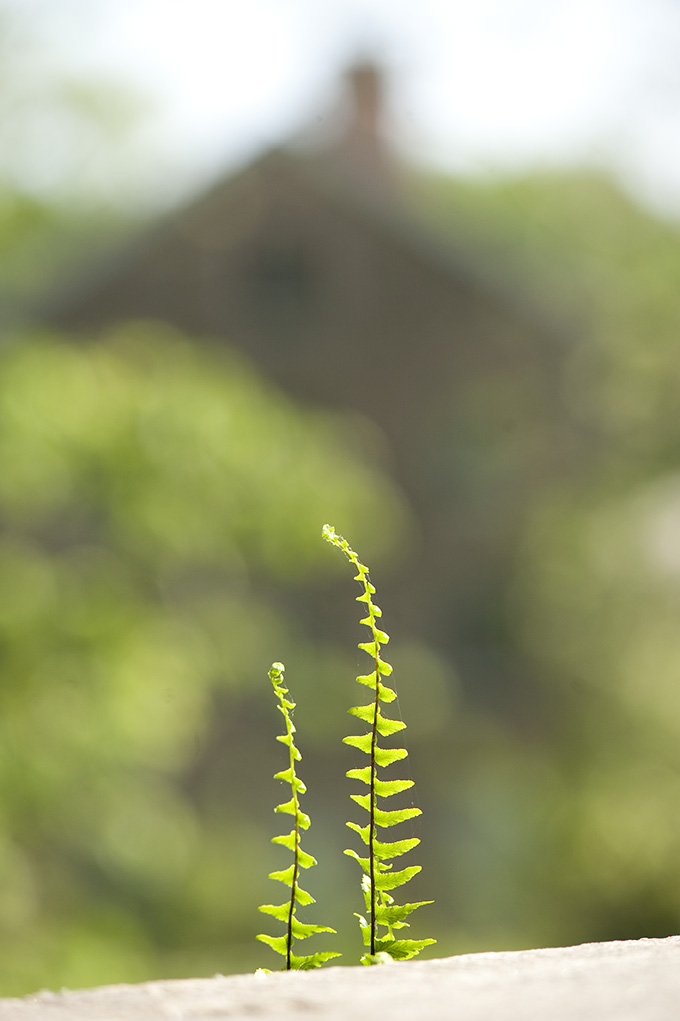
Photo by Ivo M. Vermeulen
Posted in Photography on May 24 2011, by Ann Rafalko
The new Azalea Garden is about so much more than azaleas. The garden is a sun-dappled Eden; the perfect place to sit and enjoy the warmth of summer.
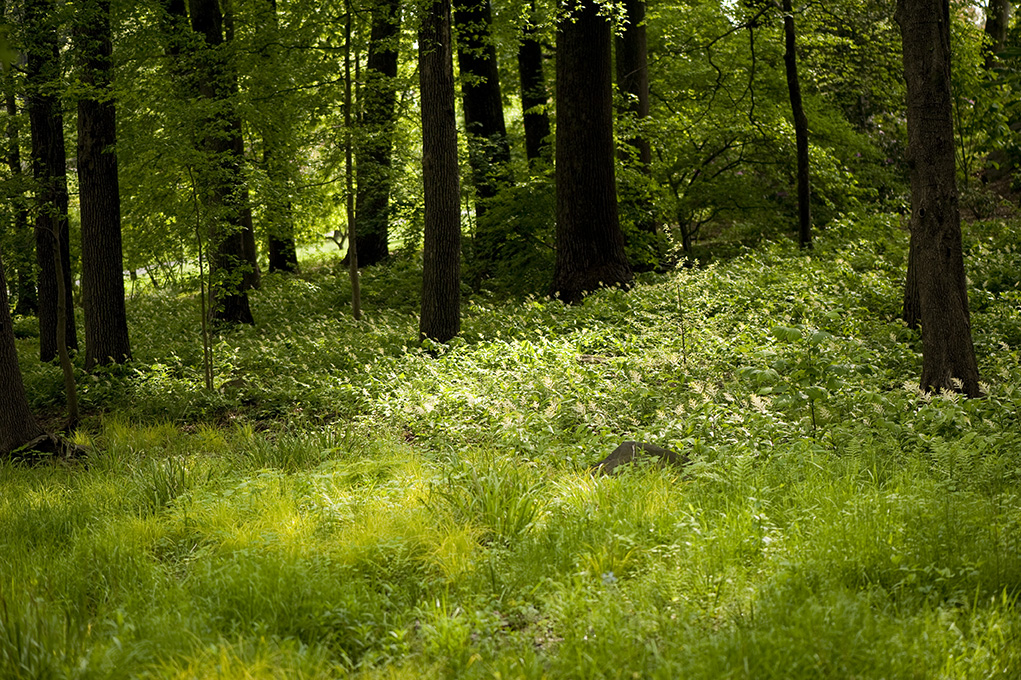
In the Azalea Garden (photo by Ivo M. Vermeulen)
Posted in Photography on April 14 2011, by Ann Rafalko
Celebrating the reappearance of color at the Garden, one hue at a time.
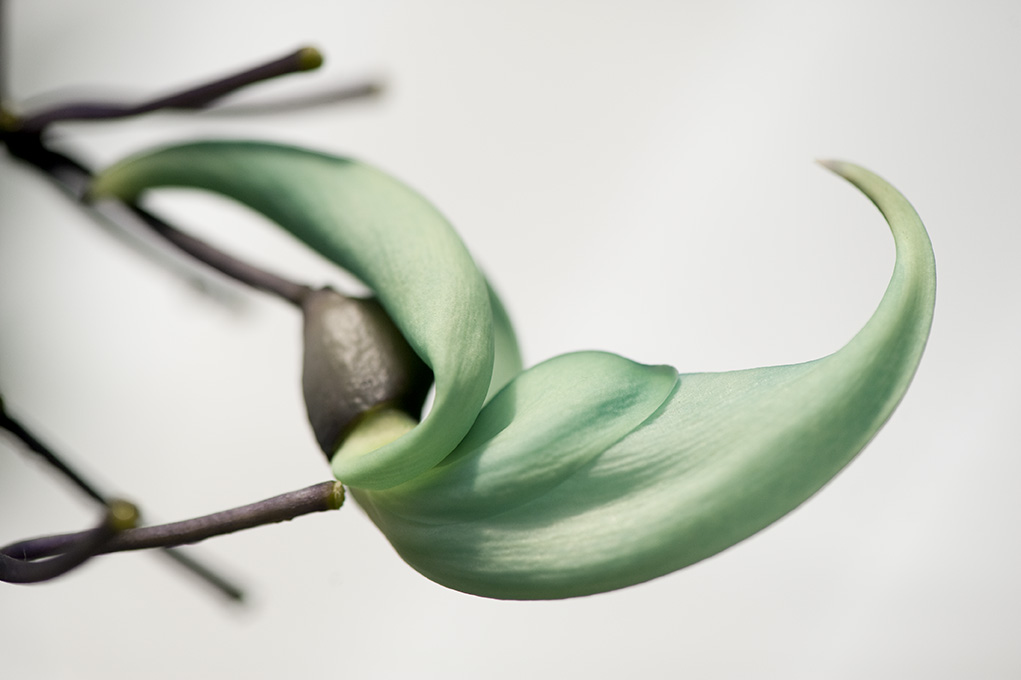
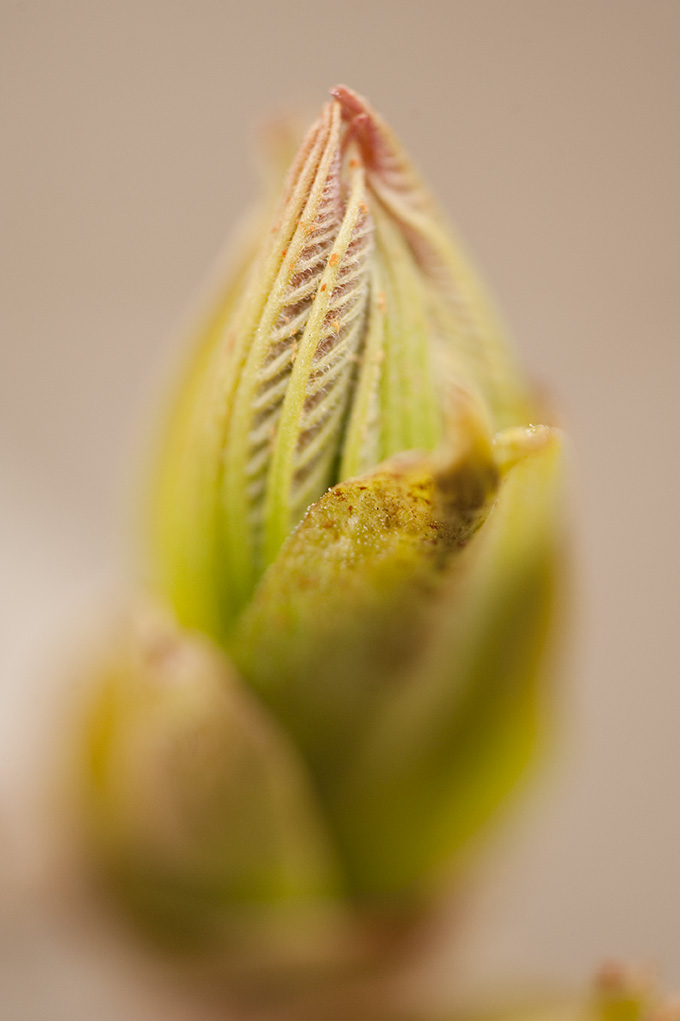
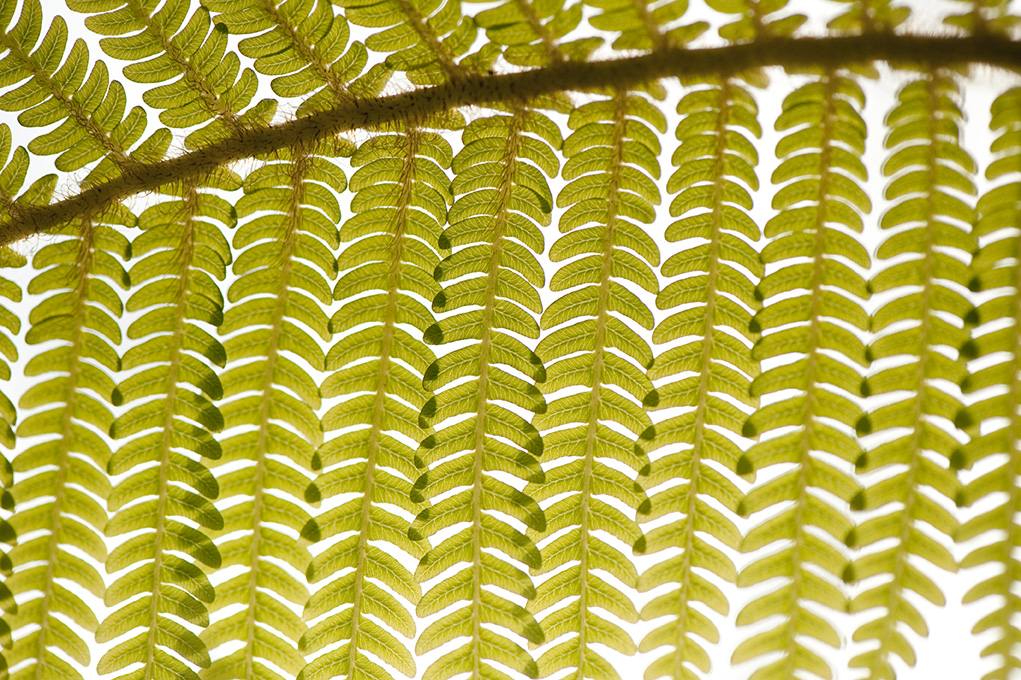
Posted in Window Garden Wednesday on March 2 2011, by Plant Talk
Ed. note: Here at the Garden, we are surrounded by plants and knowledgeable plant people, which means that even the average Garden employee/cubicle dweller tends to soak up a lot of information about how to best care for our plants. To many at the Garden, this immersion, combined with a nascent love of plants plus easy access information has driven us to practice what we preach in the form of tending a windowsill garden. On occasional Wednesdays, we’ll introduce you to some of the Garden’s many windowsill gardeners. We hope you enjoy this look at what our window gardeners grow.
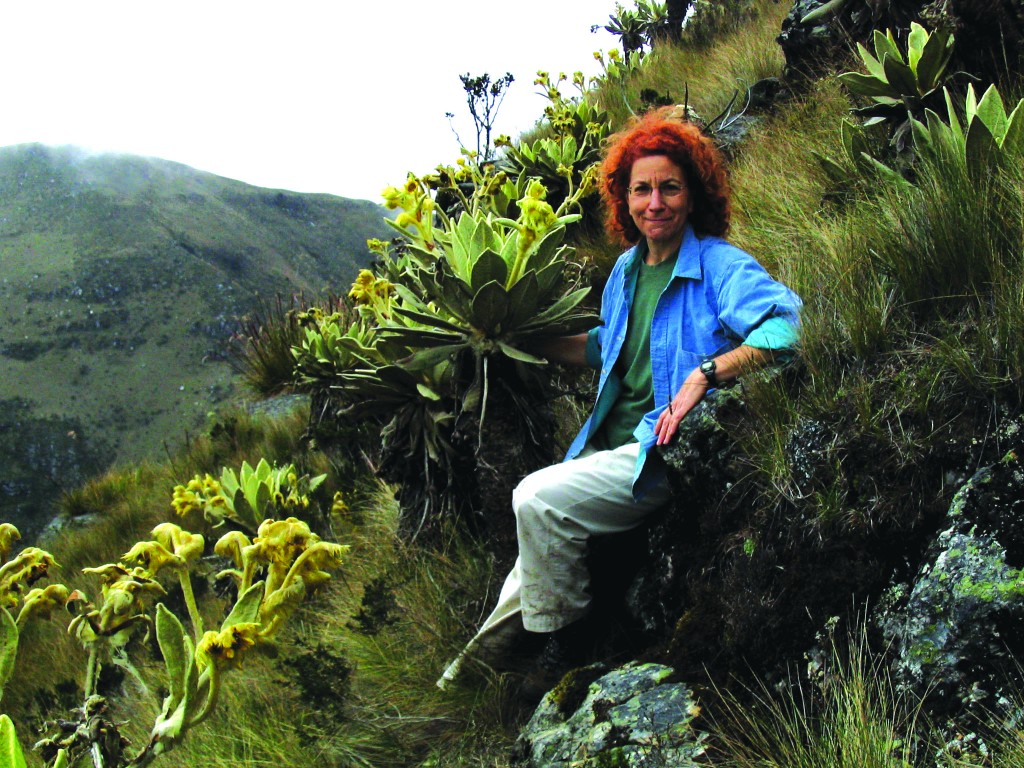 Who are you and what do you do at the Garden?
Who are you and what do you do at the Garden?
Amy Litt, Director of Plant Genomics and Cullman Curator. I study how plant genes differ among species and how those differences in genes are responsible for differences in plant form and function. In other words I study the genetic basis of plant diversity. I also teach and mentor graduate, undergraduate, and high school students.
What kind of plants do you have in your windowsill garden?
Mostly ferns, and one tiny “living stone.” The latter is a type of desert-adapted plant that grows in the driest parts of Africa. It has almost no stem and very fleshy leaves which store water; it only has 2-4 leaves at a time, and it grows in rocky soil that covers it up to the tops of the fat leaves, to keep it cooler from the hot sun. There are some for sale in the Garden Shop.
Posted in Photography on February 24 2011, by Plant Talk
What you see are teeny, tiny proto ferns. Ferns have a two-stage lifecycle, and these little gametophyte-stage ferns will soon produce sporophytes that will grow into the beautiful, fanned greenery we’re more used to seeing.
Fern Gametophytes (photo by Ivo M. Vermeulen)
Posted in Photography on February 10 2011, by Plant Talk
No, not the one that was one of the Seven Wonders of the World. This hanging garden is of a more modest, but nonetheless impressive scale.
The Hanging Baskets House of the Enid A. Haupt Conservatory (photo by Ivo M. Vermeulen)